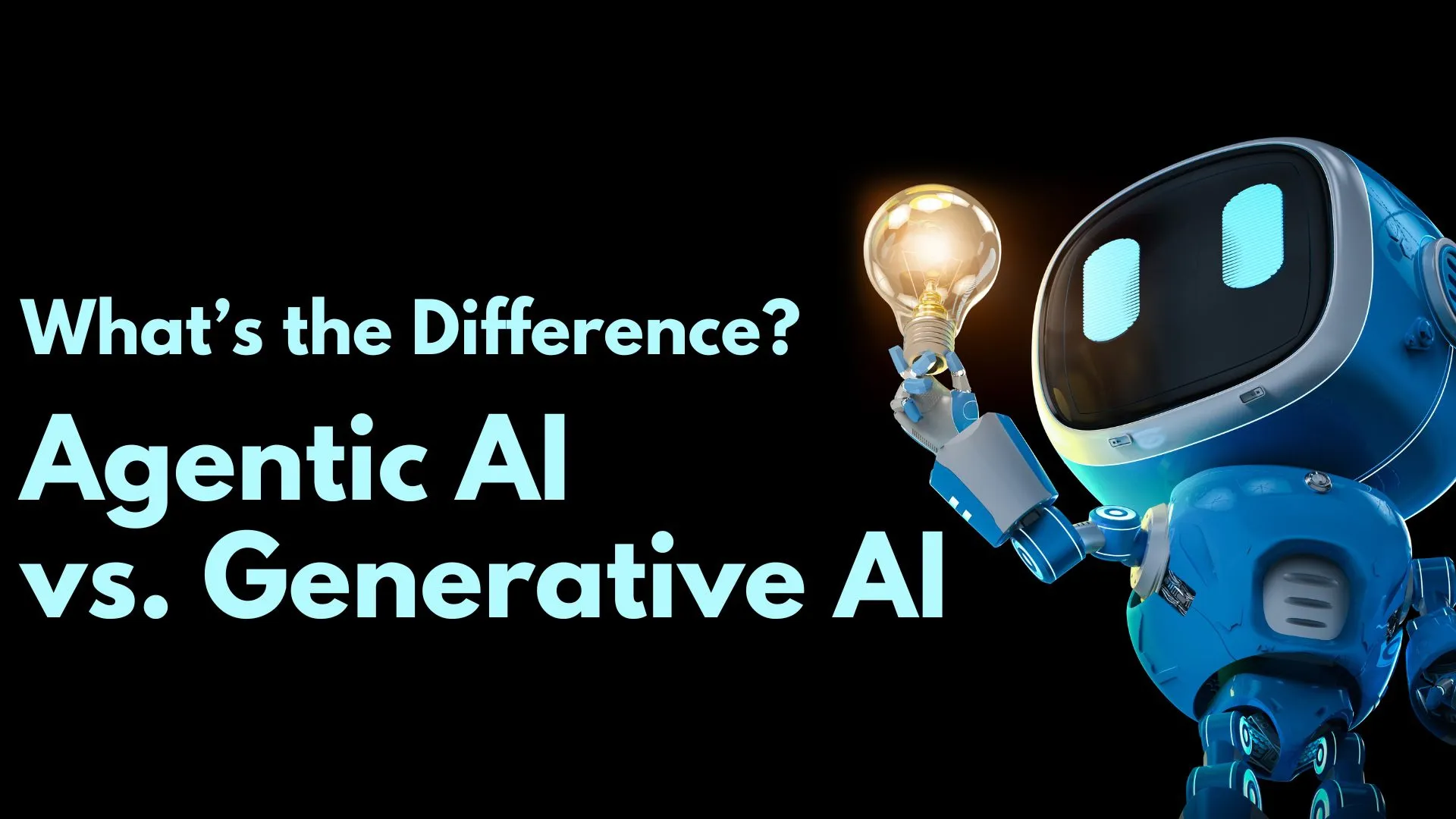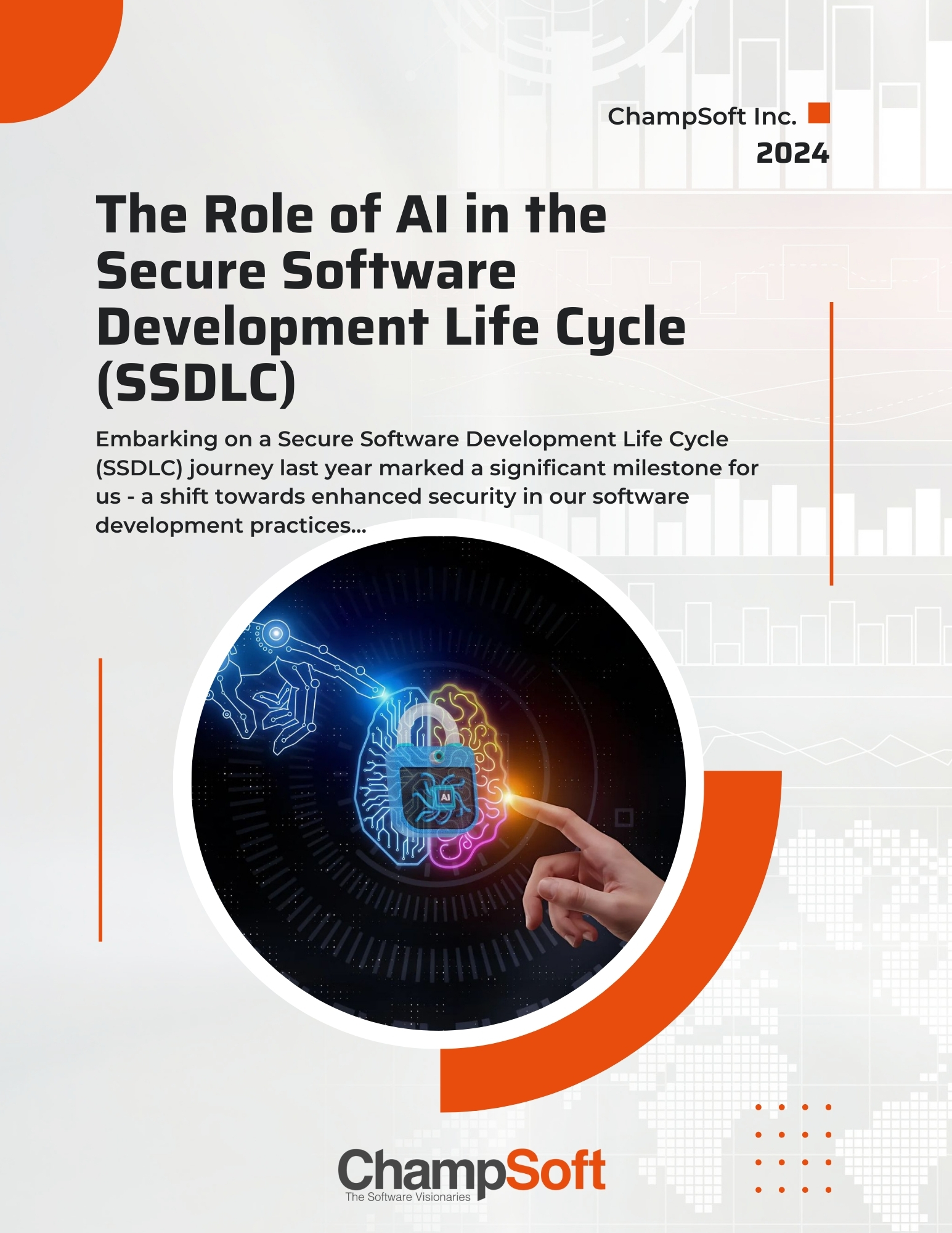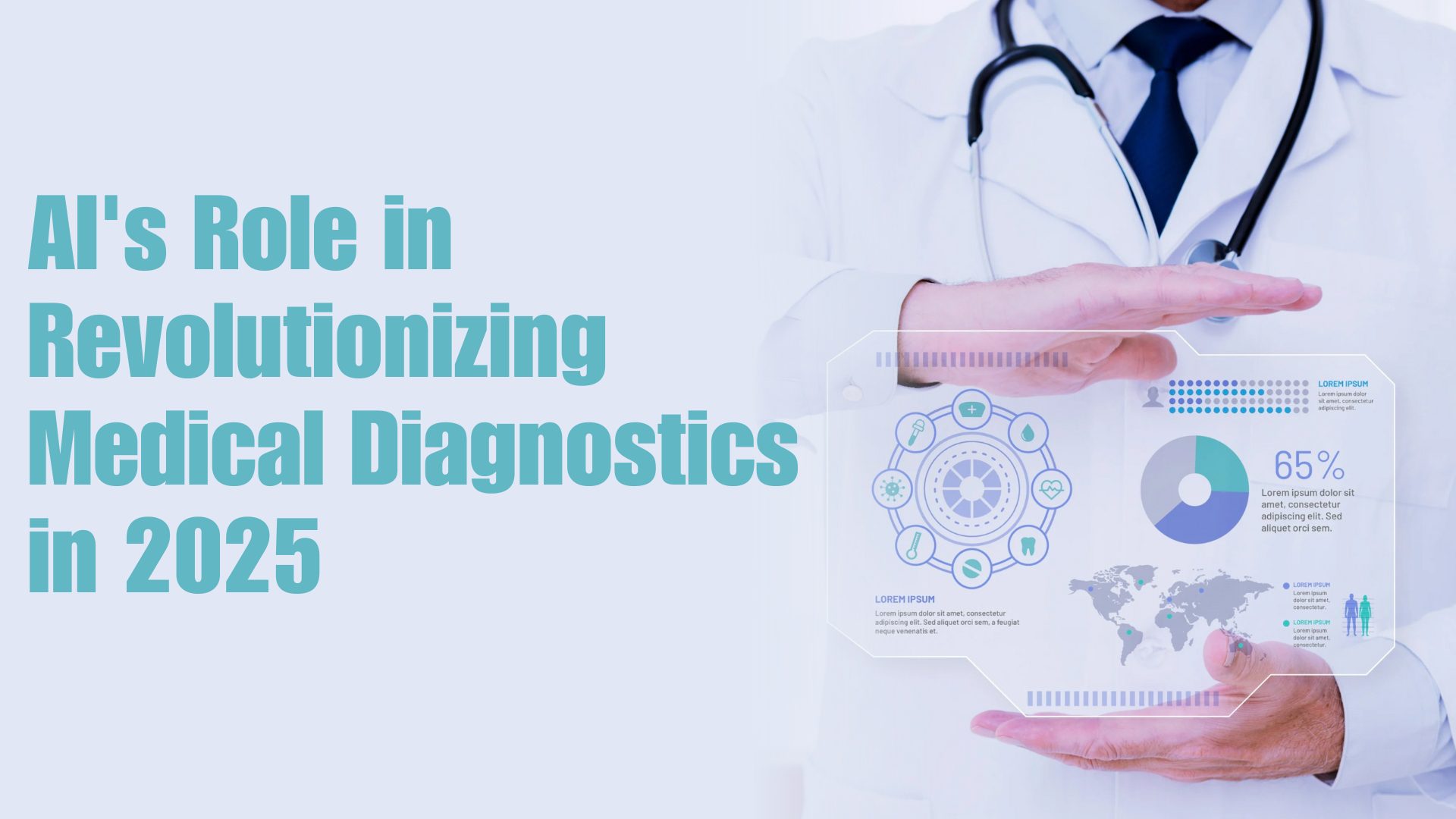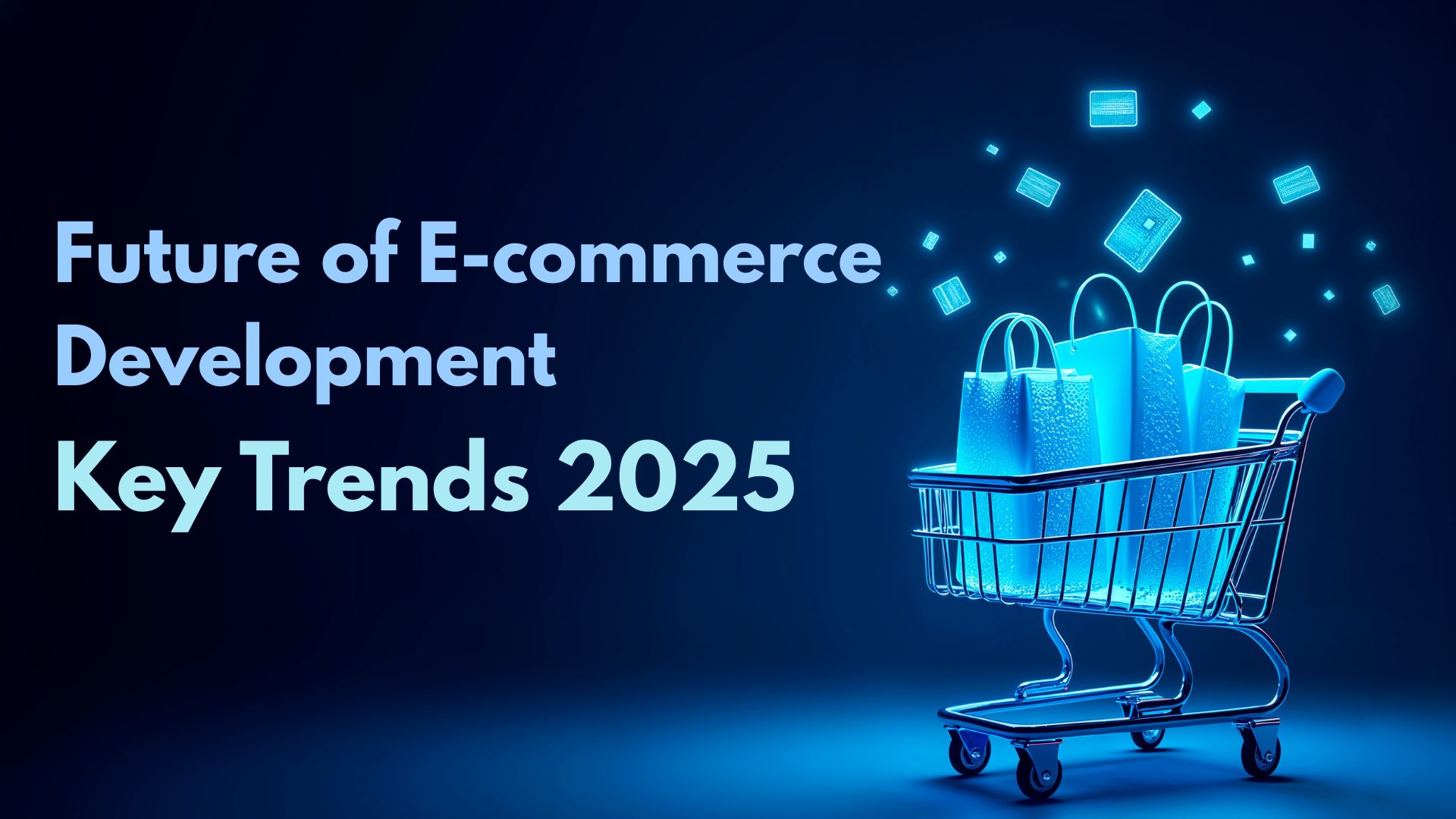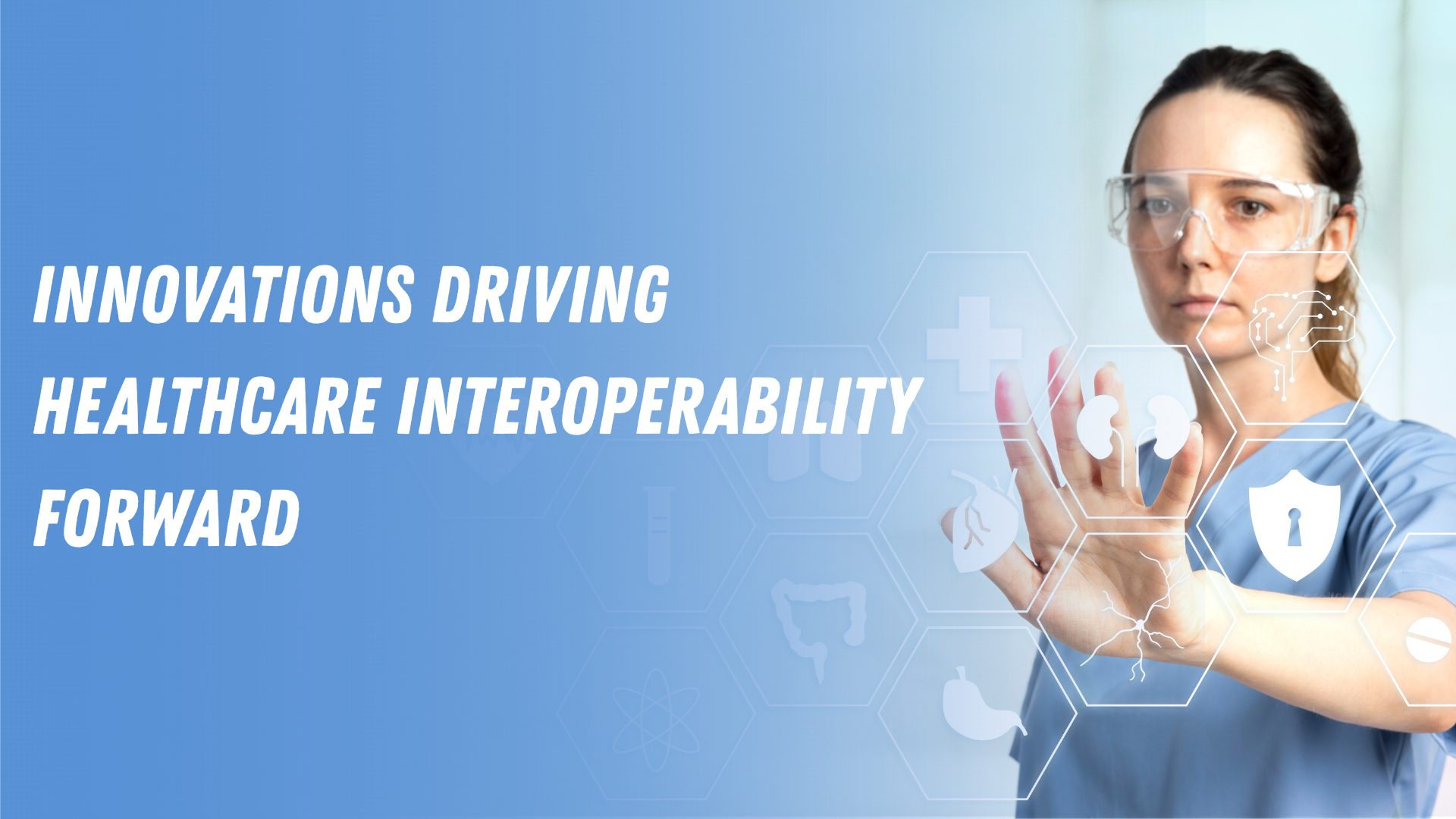Introduction: The Rise of Specialized AI Systems
Artificial Intelligence (AI) is no longer a futuristic concept—it’s reshaping industries today. With the rise of AI for business, two terms frequently gaining attention are Agentic AI and Generative AI. While both belong to the AI family, they serve vastly different purposes.
If you’re a business leader, tech strategist, or AI enthusiast, understanding the difference between intelligent agents and creative AI models is critical for making informed technology investments—and unlocking proactive, efficient, and scalable growth through agentic AI workflows.
What is Generative AI?
Generative AI refers to algorithms that can create new content—text, images, code, music, and more—by learning from existing data. Tools like ChatGPT, Midjourney, DALL·E, and Bard are prime examples in today’s generative AI use cases ecosystem.
Key Features of Generative AI:
- Content generation (text, image, video, audio)
- Natural Language Processing (NLP)
- Predictive text modeling
- Data synthesis and simulation
Top Use Cases:
- Marketing content creation
- AI-powered customer support
- Automated code generation
- Product design and prototyping
- Creative asset production for AI-driven business growth
What is Agentic AI?
Agentic AI (also referred to as autonomous AI or agent-based AI) refers to systems that not only analyze and generate data but also autonomously make decisions and take actions based on goals, context, and real-time inputs.
These proactive AI systems function as intelligent agents, dynamically interacting with tools, data, people, and digital environments—making them ideal for AI issue resolution, real-time workflows, and automated decision-making.
Key Features of Agentic AI:
- Goal-driven behavior
- Autonomous decision-making
- Task execution and planning
- Real-time system adaptation
Top Use Cases:
- Autonomous vehicles
- AI trading bots
- Smart logistics
- Workflow automation tools (e.g., Zapier with AI agents)
- CRM and HR systems powered by agentic AI companies
Why Does This Difference Matter for Businesses?
Understanding these distinctions helps companies:
- Select the right tools (content creation vs task automation)
- Optimize operational efficiency using agentic AI issue resolution
- Invest in future-ready AI strategies with measurable ROI
- Drive innovation by combining creative and task-oriented intelligence
Whether you’re exploring AI agentic workflows or scaling generative AI use cases, making the right AI choice is crucial to digital transformation.
How to Leverage Both Agentic and Generative AI for Growth
Smart companies are now combining both AI approaches for end-to-end automation and productivity:
- Use generative AI for business to enhance lead generation (emails, content, ads)
- Use autonomous AI agents to automate repetitive workflows like CRM updates, scheduling, and client follow-ups
Example: An AI sales assistant could generate a custom proposal using generative AI, then autonomously follow up with the client using agentic AI workflows.
Top Tools Using These AI Types
Generative AI Tools:
ChatGPT, Jasper, Copy.ai, Synthesia — great for content creation and ideation.
Agentic AI Tools:
AutoGPT, LangChain agents, Adept, ReAct, Zapier AI — ideal for real-time actions, automation, and proactive decision-making.
Conclusion: Which One Do You Need?
If your business needs creative output, start with generative AI. If you’re looking to automate decisions or scale processes with intelligent agents, agentic AI is your go-to.
In most modern AI architectures, combining both leads to the best outcomes—content generation + task automation equals real business transformation.

